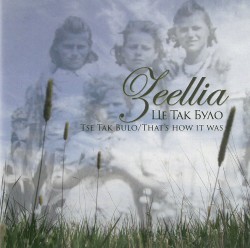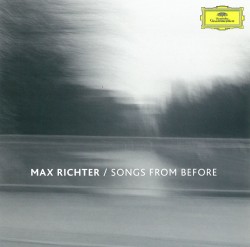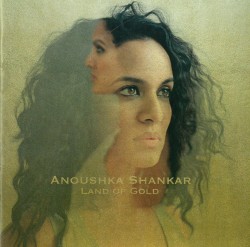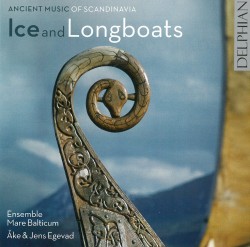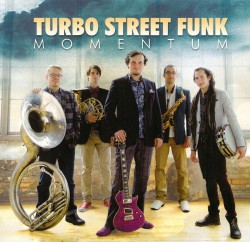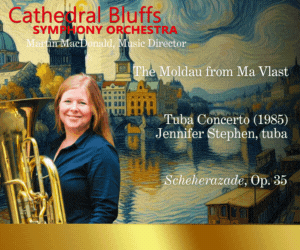Blue Glass - Pedram Khavarzamini; Siamak Aghaei; Efrén López
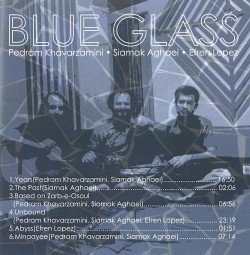 Blue Glass
Blue Glass
Pedram Khavarzamini; Siamak Aghaei; Efrén López
Independent (bit.ly/2dPS2uj)
The studio session which resulted in the Blue Glass album began life as an improvised collaboration between three modal music adepts. The santûr (Iranian hammered dulcimer) virtuoso Siamak Aghaei, and the Spanish fretless guitarist Efrén López were joined by the accomplished Canadian-Iranian tombak (Persian goblet drum) player Pedram Khavarzamini. Recorded in Heraklion, Greece in 2008, where the participants met while teaching at the Labyrinth Musical Workshop, the album has finally been released in Toronto on Khavarzamini’s label and is available on Amazon.com.
Two of the musicians may be known to Canadian world-music followers. Aghaei has worked with the Montreal-based ensemble Constantinople which was “conceived as a forum for creation, encounters and cross-fertilization” between the East and the West. Pedram Khavarzamini, who has been described as a “keeper of traditional Iranian tombak technique and repertoire” and also “an innovator who has pursued cross-cultural collaboration and musical experimentation,” served as the 2015/2016 world music artist-in-residence at the Faculty of Music, University of Toronto.
López, who on this album plays exclusively fretless guitar, is well recognized in Europe also as a hurdy-gurdy, rabab, kopuz and laouto player in medieval and traditional music groups. Building on his in-depth practical study of several global modal musical systems including makam, dastgâh and raga, he has enjoyed a career working with master musicians of Greece, Turkey, Afghanistan and India.
The first four titles for the duo of Aghaei’s eloquent santur and Khavarzamini’s incisive tombak playing offer extended moments of sonic stillness, marvellously coordinated improvization and flashes of Persian virtuosity. The album takes off on an altogether different and exciting transcultural vein however when López joins them on fretless guitar in the last two tracks, Abyss and Minaayee. His plucked string instrument’s mellow baritone melodies, elaborated with plenty of modally inflected fretless note bends resonate eloquently against the santur’s treble voice and the tombak’s soft and subtle agogic accents. It is music which can produce an overall timeless and geographically ambient effect on the globally open-eared listener.


